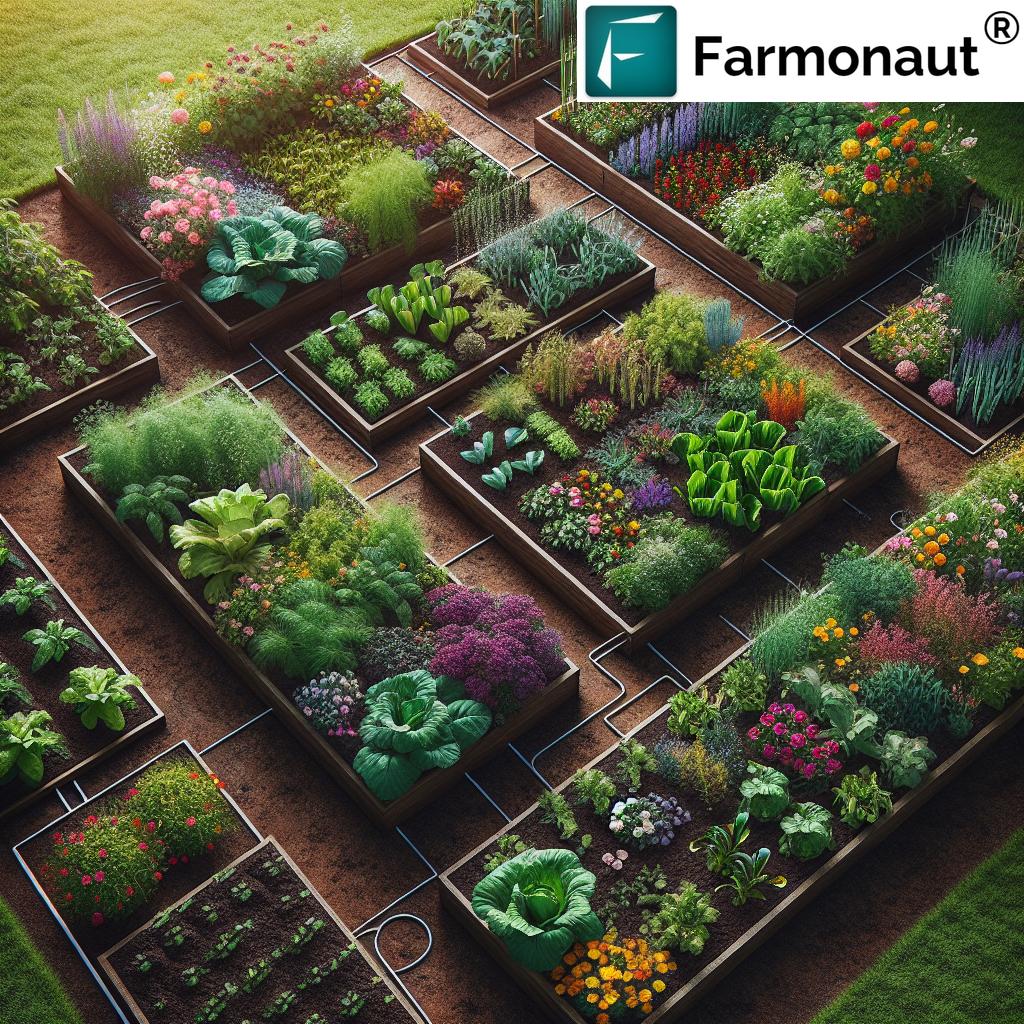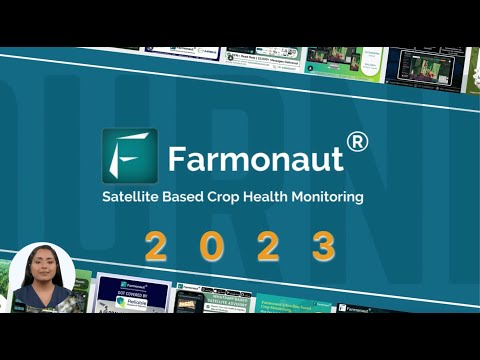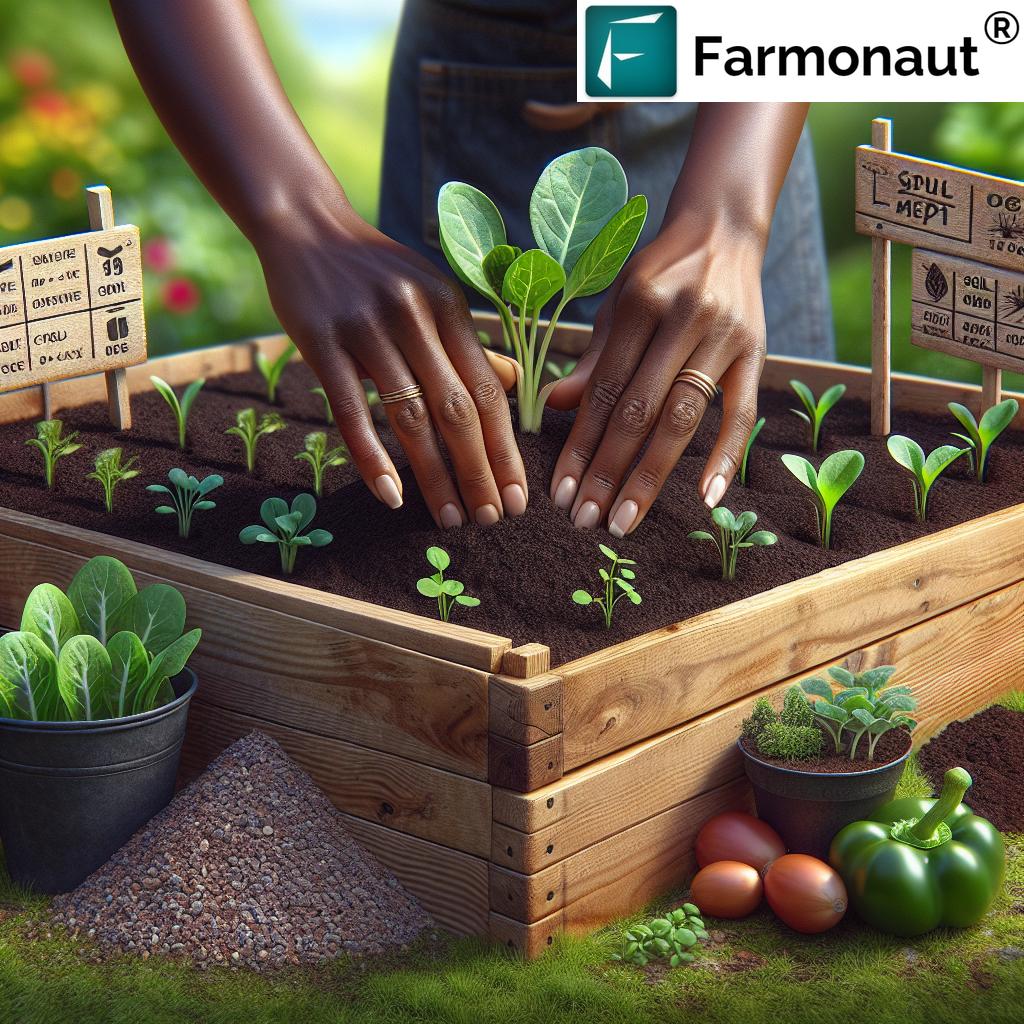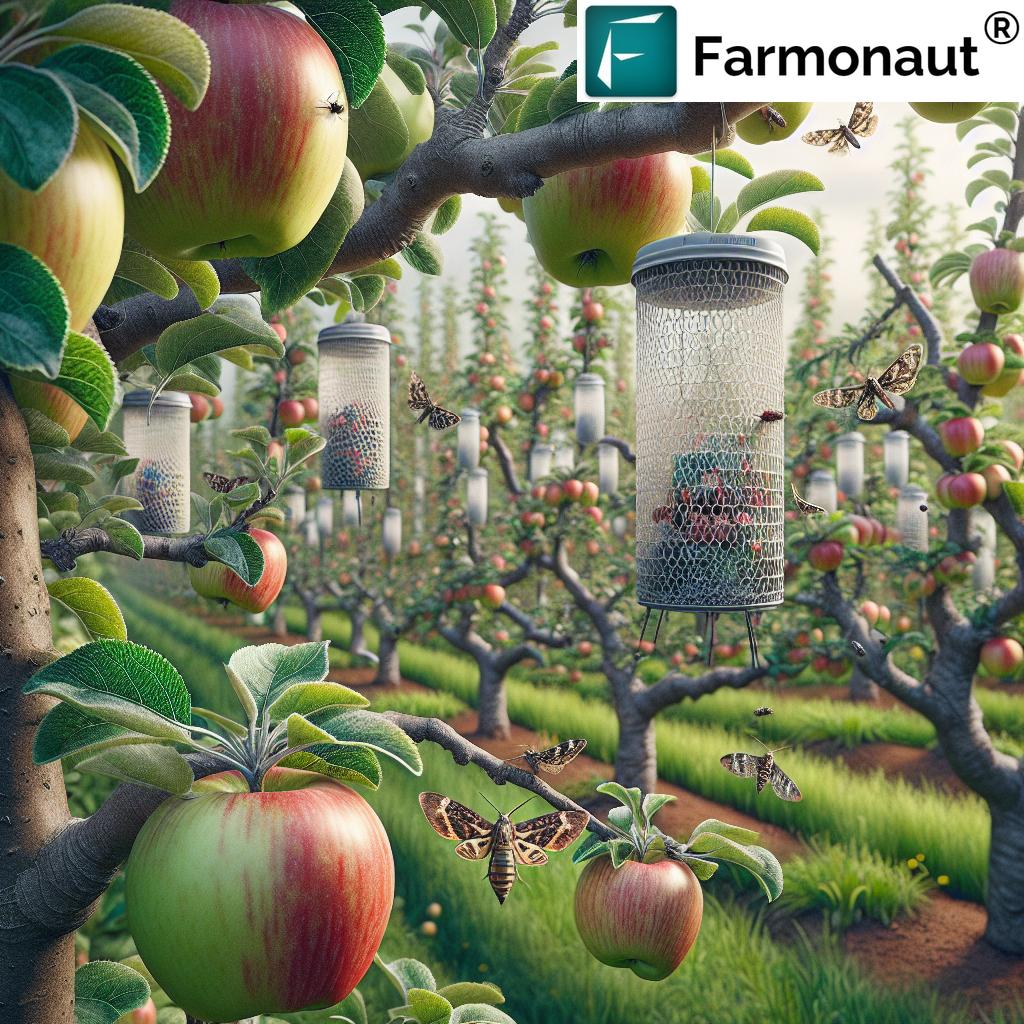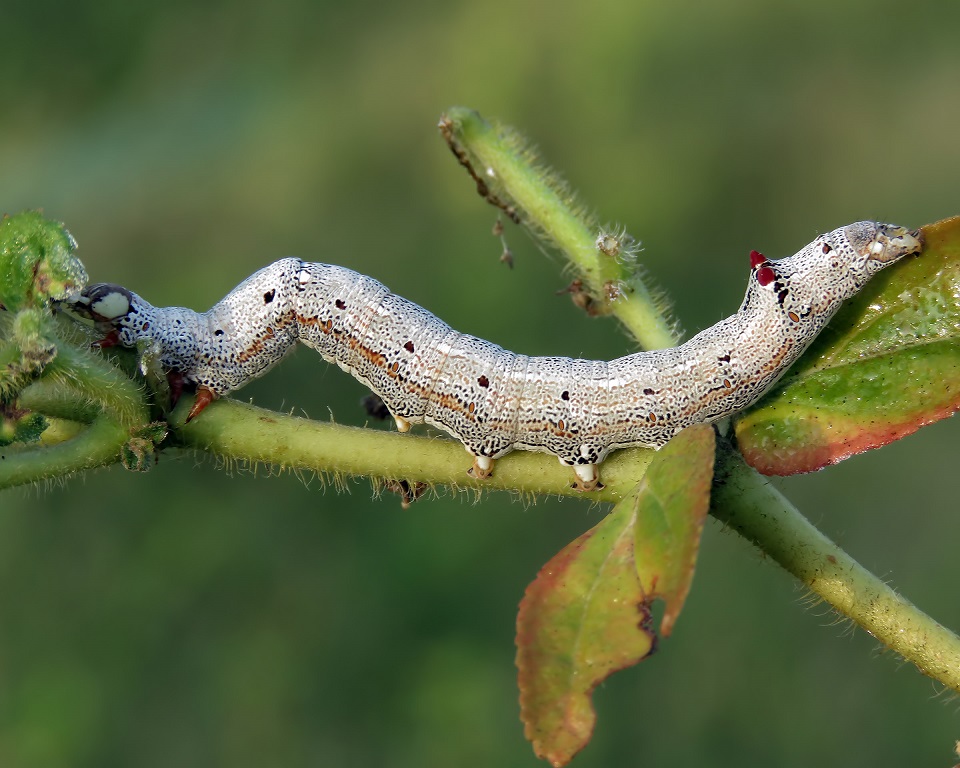Discover Raised Bed Gardening: 7 Secrets for Success
“Raised bed gardens can yield up to 2 times more vegetables per square foot than traditional gardens.”
Introduction to Raised Bed Gardening
Raised bed gardening is increasingly recognized as a powerful way to cultivate vegetables, herbs, flowers, and even shrubs efficiently and productively. By elevating our garden soil above the natural ground level, we unlock a range of benefits—from better drainage and easier maintenance to improved pest control and higher yields. If you want to discover how to build a raised garden bed, select the best soil for raised beds, and master organic gardening methods, this detailed guide will walk us through every essential step for thriving garden beds.
In this guide, we’ll explore the 7 secrets for raised bed gardening success, including crucial topics like raised bed drainage solutions, planting techniques such as square foot gardening, and advanced strategies for pest control and crop rotation in raised beds. Whether we’re cultivating vegetables for our kitchen, herbs for seasoning, or flowers for beauty, these principles will help our plants thrive.
Smart Farm Management with Farmonaut Satellite & AI Tech
For precision gardening and sustainable agriculture, Farmonaut offers comprehensive tools for crop health monitoring, soil moisture tracking, and resource management. Leverage Farmonaut’s API or integrate detailed weather and crop data using the developer documentation. Stay ahead with actionable insights for our gardens and vegetable beds!
Why Choose Raised Bed Gardening?
- Enhanced Soil Control: We adjust the soil mix for optimal plant nutrients, improving growth for all types of vegetables, herbs, and flowers.
- Superior Drainage: Properly constructed raised garden beds eliminate waterlogging, safeguarding plant roots and supporting consistent moisture levels.”
- Efficient Pest Management: Elevation and defined bed site boundaries help us implement effective organic pest control for garden beds.
- Ergonomic Access: Reduced bending makes planting, care, and harvesting easier, promoting gardening for all ages.
- Longer Growing Seasons: Raised beds warm up faster in spring, allowing earlier planting and extended vegetable production.
- Weed Suppression: Dense planting arrangements and targeted management keep weeds at bay.
- Creative Design: Square, rectangular, or custom-shaped beds allow us to maximize every area of our garden space.
Let’s unravel the 7 essential steps for mastering raised bed gardening for healthy, fruitful, and manageable gardens.
1. Selecting the Ideal Location for Raised Bed Gardening
The foundation of successful raised bed gardening starts with a strategic location. Choosing the right site has a dramatic impact on plant health, soil moisture, pest control, and crop productivity.
Key Considerations for Site Selection
- Sunlight Exposure: Most crops—especially vegetables—require 6-8 hours of direct sunlight. Observe our garden area for sunlight patterns before finalizing the bed placement.
- Drainage: Excellent drainage prevents waterlogging. Avoid low-lying spots where water pools, and favor gently sloping or leveled areas.
- Accessibility: Raised beds need regular attention for planting, watering, and harvesting. Place our garden beds near walkways, tool sheds, or water sources, ensuring easy access for all gardening tasks.
- Protection: If our region faces high winds or wildlife disruption, consider a site with natural barriers or plan for fencing and windbreaks.
- Soil Quality (for reference): Although we fill raised beds with custom soil, avoid locations overgrown with persistent weeds or roots to minimize future management challenges.
Pro Tip: Map out our garden to ensure we maximize every square foot, optimizing sunlight and accessibility for all raised beds.
2. Designing the Raised Bed: Structure for Functional Gardening
A well-designed raised bed forms the core of effective gardening. Our choices in dimensions, depth, and materials affect plant spacing, soil retention, bed durability, and ease of use.
Essential Design Elements
-
Dimensions: Keep the bed width ≤ 4 feet (1.2 m) so we can comfortably reach the center from either side—this prevents soil compaction from stepping in the bed.
Length is flexible; common sizes are 4×8 or 4×12 feet. Leave at least 18-24 inches of walkway between beds for maneuverability. - Height: Minimum 12 inches (30 cm) is advised. For root crops or plants with deeper roots, consider heights of 18–24 inches (45-60 cm). Taller beds can improve accessibility and provide better drainage.
-
Materials: Choose durable, rot-resistant options:
- Cedar or cypress—naturally weather-resistant and safe for edible crops.
- Galvanized steel or composite boards—long-lasting and modern.
- Avoid pressure-treated wood as chemicals may leach into soil—especially important for organic gardening methods.
Explore complete raised bed design guidance to personalize our layout.
Ergonomics Tip: If we want to grow lots of vegetables or make gardening accessible for all (including wheelchair or elderly gardeners), consider extra-high beds or seating ledges built along the rim.
3. Constructing the Raised Bed: Site Prep & Assembly
For our vegetable garden beds to last season after season, we need to follow best practices in building, site preparation, and installation.
Step-by-Step Raised Bed Construction
-
Site Preparation:
- Mark the bed’s location and size using string or stakes.
- Clear all grass, weeds, debris, and large stones in the area to ensure a clean, level surface.
- If our chosen site is uneven, use a shovel or rake to level the ground.
- Consider laying down cardboard or landscape fabric to suppress future weeds at the base.
-
Frame Assembly:
- Secure planks at the corners using galvanized screws and strong metal brackets for stability (see full instructions here).
- For longer beds, add mid-span supports to prevent bowing.
- Ensure the frame is square and level for even soil and water distribution.
-
Bed Placement:
- Position the assembled frame in the prepared site, checking for fit and levelness.
- For added durability, drive stakes or anchors at each corner and along the bed to fix it in place.
Detailed step-by-step guides are available at This Old House.
“Optimal raised bed soil is 60% topsoil, 30% compost, and 10% soilless mix for best plant growth.”
4. Filling the Bed with the Best Soil for Raised Beds
Soil is the lifeblood of our raised bed gardening. The right soil mix supports vigorous plant growth, effective water drainage, and long-term health of our garden beds.
The Ideal Raised Bed Soil Mix
- 60% Topsoil: Provides base structure and supports root development.
- 30% Compost: Infuses essential organic nutrients and improves soil texture for optimal moisture retention and enhanced drainage.
- 10% Soilless Mix: (peat moss, coconut coir, or perlite/vermiculite) boosts aeration and water drainage.
Thoroughly mix these components outside the bed, then add and blend in situ for uniformity. Check for stones, sticks, and clumps as we incorporate the mixture. Fill beds to 1-2 inches below the rim.
Tip: For large beds or many installations, seek out pre-mixed “raised bed garden soil” at gardening centers.
Boost Soil and Crop Management: Farmonaut’s Large Scale Farm Management Platform
enables growers—from hobbyists to institutions—to track soil moisture, receive AI-based crop health advice, and streamline management for all types of gardens and farms, helping users save time and improve yields.
Soil Testing: The Key to Maintaining Soil Nutrients
Before the first planting (and annually thereafter), use a soil testing kit to check pH (optimal for most vegetables: 6.0–7.0) and nutrient levels like nitrogen, phosphorous, and potassium. Adjust as needed using organic amendments for balanced, thriving plant growth.
Raised Bed Drainage Solutions
Proper drainage ensures plant roots aren’t suffocated or rotted. Here’s what we recommend:
- Don’t use gravel at the bottom (contrary to old advice, it often impedes drainage).
- Ensure our soil mix contains enough compost/organic matter for healthy water movement.
- Check that our bed site is level and not prone to puddling after rain.
- For wet climates, slightly raise bed frames on pavers or blocks, allowing excess water to escape beneath.
These raised bed drainage solutions prevent over-saturation, attracting fewer pests and diseases.
5. Planting in Raised Beds: Techniques for Abundant Growth
With the bed prepared, it’s time to make smart decisions about our planting methods, plant selection, and maximizing our precious garden area.
Plant Selection and Spacing
- Match Crops to Soil Depth:
- Shallow-rooted crops (lettuce, radish, spinach): 6–8 inches (depth).
- Medium-rooted (beets, bush beans, onions): 10–12 inches.
- Deep-rooted (tomatoes, carrots, parsnips): 12–24 inches.
- Climate Consideration: Grow plants that thrive in our local conditions and seasons. Consult seasonal planting guides for our region.
- Diversity: Mix vegetables, herbs, and flowers to improve pollination, deter pests, and beautify the garden.
Discover more about crop options at Almanac: How to Build a Raised Garden Bed.
Square Foot Gardening: Maximizing Raised Bed Space
The square foot gardening method is ideal for raised beds—partition the bed into 12″ squares, then plant within each:
- 1 tomato, eggplant, or pepper per square
- 4 lettuce, garlic, or spinach per square
- 9–16 carrots, radishes, or onions per square
This technique increases yields, reduces weeding, and simplifies plant rotation and management.
Companion Planting & Organic Pest Control for Garden Beds
Planting complementary species together naturally deters pests and promotes healthy crop growth:
- Pair basil with tomatoes to repel tomato hornworm.
- Marigolds next to beans deter nematodes and aphids.
- Use chives and nasturtiums to ward off Japanese beetles and aphids.
Introduce beneficial insects like ladybugs and lacewings, and use organic sprays (neem oil, insecticidal soap) for eco-friendly pest control.
Boost Transparency with Farmonaut’s Blockchain Traceability
Track every stage of your produce, from garden to table, with secure records—ideal for home gardeners and growers selling locally or commercially who want to assure quality and build trust.
6. Maintenance and Care: Sustainable Raised Bed Management
Consistent care ensures our raised bed garden achieves peak performance. A smart maintenance routine sustains soil nutrients, moisture, and vibrant plant growth.
Watering Strategies
- Check soil with a finger or moisture meter. Beds dry faster than in-ground soil—aim for even, moist (never soggy) beds.
- Morning is best for watering; use a slow, deep soak at the base to reduce fungal diseases.
- Drip irrigation and soaker hoses deliver efficient coverage and save water; a timer automates the process, keeping plants healthy even if we’re away.
Mulching: Retain Moisture, Suppress Weeds
- Use 2–3 inches of shredded straw, wood chips, or dried leaves to insulate the soil, reduce evaporation, and prevent weed seed germination.
- Organic mulches break down, further enriching nutrients in the garden bed.
Fertilizing and Maintaining Soil Nutrients
- Top up our beds each season with compost or well-rotted manure to restore organic content and essential macronutrients.
- Use slow-release organic fertilizers—like bone meal or blood meal—if indicated by soil tests.
- Monitor pH and adjust as needed; acidic soil may require lime, alkaline may need sulfur.
Organic Pest Management for Garden Beds
- Inspect plants weekly for pest or disease signs.
- Hand remove obvious pests, prune diseased leaves, and promptly treat outbreaks using organic solutions.
- Rotate crops each year and interplant flowers or herbs to disrupt pest cycles and attract beneficial organisms.
Peace of Mind with Farmonaut Crop Insurance Solutions
Use satellite-based verification for crop health during insurance claims or loan applications—saving time and reducing paperwork for both urban and rural growers.
7. Harvesting and Crop Rotation in Raised Beds
A successful season culminates in a bountiful harvest and proactive crop rotation—vital for soil health, disease prevention, and ongoing productivity in our raised bed garden.
Best Practices for Harvesting
- Monitor crops for visual/tactile cues (color, firmness) that signal peak ripeness.
- Harvest early in the day for best flavor, especially leafy greens and herbs.
- Avoid harvest during or just after rain—wet plants bruise easily and are prone to disease.
- Maintain sharp pruners/scissors to minimize plant damage and stimulate further growth.
Crop Rotation in Raised Beds
- Rearrange planting families each year—e.g., follow beans (legumes) with leafy greens (brassicas), then root crops (carrots, beets). This replenishes nitrogen and breaks pest/disease cycles.
- Keep a garden journal or use a simple mapping method for tracking previous crops and planned positioning.
- Square foot gardening makes this easier—simply adjust what’s planted in each square each year to maintain soil health and reduce issues.
Routine rotation prevents depletion of soil nutrients, ensures balanced fertility, and supports organic pest and disease management, leading to better harvests year after year.
Garden Sustainably with Farmonaut Carbon Footprinting
Measure and minimize your garden or farm’s environmental impact with real-time carbon accounting—ideal for gardeners striving for sustainability and compliance.
Gardening Best Practices Comparison Table
| Secret/Tip | Purpose | Step-by-Step Action | Estimated Improvement (%) | Time/Effort Needed |
|---|---|---|---|---|
| Soil Selection & Mix | Supports nutrient-rich, airy soil for plant growth | Blend 60% topsoil, 30% compost, and 10% soilless mix; test and adjust annually for pH and nutrients | Boosts yield by 30% | Moderate (initial preparation, low ongoing) |
| Drainage Solutions | Prevents waterlogging and root rot | Use friable soil, level site, and avoid gravel base; consider bed elevation for heavy rainfall zones | Reduces disease risk by 40% | Low |
| Organic Pest Control | Reduces pest/disease damage without chemicals | Plant companions, release beneficial insects, apply organic sprays, monitor weekly | Reduces pest presence by 50% | Medium (weekly checks) |
| Crop Rotation | Maintains soil fertility and disrupts pest cycles | Rotate crop families each year; use mapping/journaling for tracking | Improves long-term yield by 25% | Low (annual planning) |
| Watering & Mulching | Efficient moisture management, weed suppression | Install drip/soaker hoses, mulch with organic matter, monitor soil moisture | Reduces water use by 35% | Low (set up, periodic) |
| Square Foot Planting | Maximizes harvest per area, simplifies spacing | Lay down a grid; follow crop-specific planting per square foot guidelines | Boosts plant density by 40% | Moderate (initial grid, low ongoing) |
| Regular Harvest & Replanting | Ensures ongoing production and plant health | Harvest at peak; replant or succession-sow as beds empty | Extends harvest window by 20% | Medium (seasonal activity) |
Empowering Gardening with Farmonaut Technology
Farmonaut is revolutionizing monitoring, advisory, and management experiences in gardening and agriculture around the globe. Our satellite and AI-driven platform gives real-time feedback on plant health, soil moisture, and resource efficiency—enabling smarter, more sustainable gardens. Whether you are a hobbyist or manage a commercial operation, Farmonaut’s solutions scale with your needs, supporting healthy crops, water conservation, organic practices, and transparent supply chains.
Start or enhance your gardening journey with one of Farmonaut’s subscription plans. Choose the perfect fit for your needs:
Frequently Asked Questions (FAQ) on Raised Bed Gardening
Q1: What is the best soil mix for raised beds?
A: The ideal mix is 60% topsoil, 30% compost, and 10% soilless components (such as peat moss or perlite). This ensures good drainage, aeration, and optimal nutrient content for thriving plant growth.
Q2: How deep should my raised vegetable garden beds be?
A: Most vegetables do well with 12 inches of soil. Deep-rooted crops like tomatoes or carrots may perform better in beds with 18–24 inches of depth for best results.
Q3: How often should I water my raised bed garden?
A: Water as needed to keep soil evenly moist—usually every 1–3 days in summer. Drip or soaker systems simplify this, especially during dry periods.
Q4: Do I need to rotate crops in small raised beds?
A: Absolutely! Crop rotation prevents soil nutrient depletion and disrupts recurring pest/disease issues. Even simple changes in planting each year make a difference.
Q5: What are simple raised bed drainage solutions?
A: Use a well-draining soil mix and ensure the bed site is level. Avoid placing gravel at the bottom, and elevate the bed slightly in wet locations to promote excess water runoff.
Q6: How can Farmonaut help gardeners?
A: With satellite-based crop health monitoring, real-time soil moisture updates, and smart management tools, Farmonaut empowers anyone—from backyard gardeners to professional growers—to make informed, sustainable decisions for better plant growth, efficient watering, pest control, and resource management.
Conclusion: Cultivating Abundance with Raised Bed Gardening
Raised bed gardening is a tried-and-tested approach for cultivating vegetables, herbs, and flowers efficiently, sustainably, and with higher yields per square foot. By mastering these 7 secrets—from thoughtful site selection and smart bed design to rich soil, moisture management, and organic pest control—we ensure our plants thrive and our gardening is a joyful, ongoing adventure.
Whether you’re a beginner building your first raised vegetable bed or a seasoned grower optimizing crop rotation and precision watering, adopting these raised bed best practices will transform our garden’s potential. With new technologies like Farmonaut, gardening is more data-driven, sustainable, and rewarding than ever. Ready to grow more? Let’s put these secrets to work—and experience the abundance our raised beds can offer!


